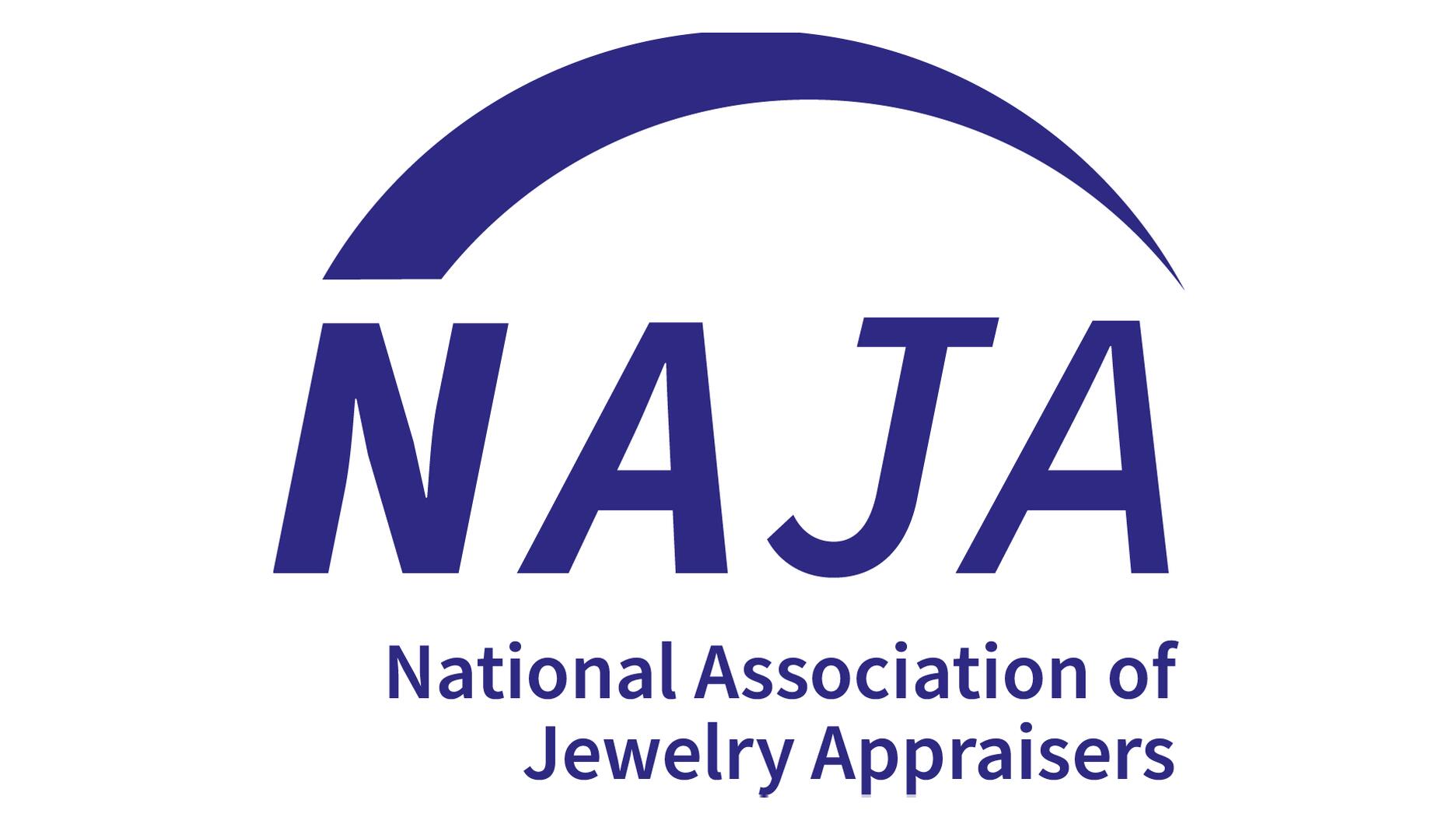It purchased the “Grosse Pièce,” an ultra-complicated Audemars Piguet pocket watch from the ‘20s, for a record-breaking price at Sotheby’s.
Diamond Production Down for De Beers and Rio Tinto
De Beers’ 2019 totals fell 13 percent year-over-year while Rio Tinto’s were down 8 percent.

New York—Like sales, diamond production fell by double digits in 2019 for De Beers Group, the world’s largest diamond miner in terms of value.
The miner and marketer recovered 30.8 million carats in 2019, down 13 percent year-over-year. Fourth quarter production was down 15 percent, to 7.8 million from 9.1 million previously.
South Africa experienced the steepest drop, with production down by more than half, totaling 1.9 million carats in 2019 compared with 4.7 million carats the previous year.
De Beers has only one mine left in South Africa after closing Voorspoed at the end of 2018.
Production in Botswana, De Beers’ largest source of diamonds, slipped 4 percent year-over-year to 23.3 million carats, while production in Namibia fell 15 percent to 1.7 million carats.
Recoveries in Canada dropped 13 percent to 3.9 million carats. The country’s Victor mine closed in the second quarter of 2019, though production at Gahcho Kué was up by 28 percent due to “strong plant performance.”
The full-year consolidated average realized price for rough diamonds was $137 per carat, down from $171/carat in 2018, primarily due to the company selling more lower-value rough in 2019 and a 6 percent drop in the rough diamond index.
De Beers predicts diamond production will pick up in 2020, with guidance set at 32 million to 34 million carats, due to an improving diamond market and an expected increase in production at the Venetia mine in South Africa, which is transitioning into an underground operation.
Rio Tinto, meanwhile, recorded an 8 percent drop in diamond production to 17.3 million carats compared with 18.4 million in 2018.
Production was down 8 percent at both its mines, Argyle in Western Australia (13 million carats mined in 2019) and Diavik in Canada (4 million carats mined).
The London-based miner said carat production dropped at Argyle due to lower recovered grade, which was partially offset by stronger mining and processing rates.
Lower ore availability and grade from Diavik’s underground operations impacted production there, though the company recovered more and better-quality rough from the mine’s A21 open pit.
Argyle, which is the world’s No. 1 source of red and pink diamonds, is set to close at the end of the year.
Rio Tinto expects diamond production to total 12 million to 14 million carats this year, with the decrease reflective of the planned closure of Argyle and lower grades at Diavik.
The company
The Latest

Chandler got his start at Michelson Jewelers and has served as DCA president and CEO since 2001. He will retire at the end of the month.

Sponsored by Digital Monitoring Products

How Jewelers of America’s 20 Under 40 are leading to ensure a brighter future for the jewelry industry.

The boutique is slated to open this week inside Terminal 8, offering pre-owned Rolex watches and more to international travelers.


The lab-grown diamond grower now offers custom engagement and fashion jewelry through its Kira Custom Lab Jewelry service.

The special-edition egg pendant ingested in a New Zealand jewelry store was recovered after a six-day wait.

Roseco’s 704-page catalog showcases new lab-grown diamonds, findings, tools & more—available in print or interactive digital editions.

Associate Editor Natalie Francisco plays favorites with Piece of the Week, selecting a standout piece of jewelry from each month of 2025.

The “Love and Desire” campaign is inspired by the magic that follows when one’s heart leads the way, said the brand.

Two awardees will receive free tuition for an educational course at the Swiss lab, with flights and lodging included.

Berta de Pablos-Barbier will replace Alexander Lacik at the start of January, two months earlier than expected.

Sotheby’s held its first two jewelry sales at the Breuer building last week, and they totaled nearly $44 million.

Winners will receive free registration and lodging for its fourth annual event in Detroit.

Here are six ideas for making more engaging content for Instagram Reels and TikTok, courtesy of Duvall O’Steen and Jen Cullen Williams.

The honorees include a notable jewelry brand, an industry veteran, and an independent retailer.

Carlos Jose Hernandez and Joshua Zuazo were sentenced to life without the possibility of parole in the 2024 murder of Hussein “Sam” Murray.

Yood will serve alongside Eduard Stefanescu, the sustainability manager for C.Hafner, a precious metals refiner in Germany.

The New Orleans jeweler is also hosting pop-up jewelry boutiques in New York City and Dallas.

Set in a Tiffany & Co. necklace, it sold for $4.2 million, the highest price and price per carat paid for a Paraíba tourmaline at auction.

The jeweler’s “Deep Freeze” display showcases its iconic jewelry designs frozen in a vintage icebox.

Take luxury gifting to new heights this holiday season with the jeweler’s showstopping 12-carat sphene ring.

This year's theme is “Unveiling the Depths of the Ocean.”

In its annual report, Pinterest noted an increase in searches for brooches, heirloom jewelry, and ‘80s luxury.

Starting Jan. 1, customers can request the service for opal, peridot, and demantoid garnet.

The 111-year-old retailer celebrated the opening of its new location in Salem, New Hampshire, which is its third store in the state.

The new catalog features its most popular chains as well as new styles.


























